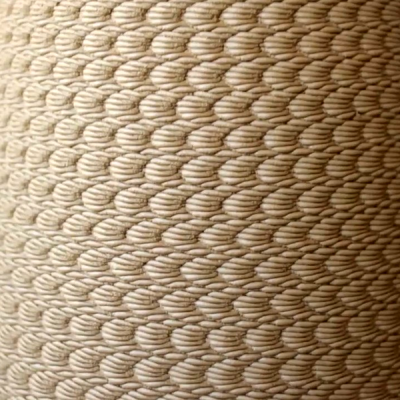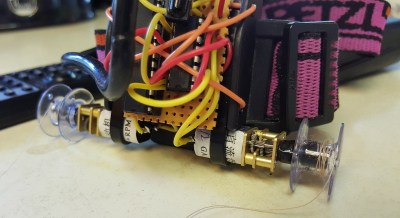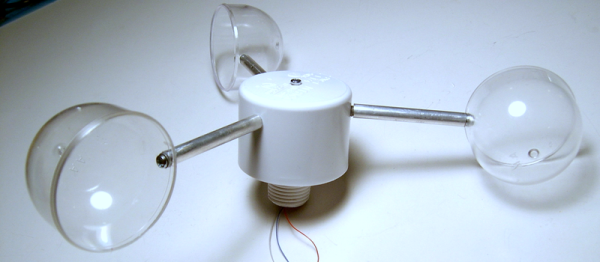When you think of a particle accelerator, you’re probably thinking of tens of kilometers of tube buried underground, at high vacuum, that uses precisely timed electromagnetic fields to push charged particles like electrons up to amazing speeds (and energies). However, it’s also possible to accelerate electrons in other ways, and lasers are a good bet. Although a laser-based particle accelerator can push electrons very effectively for a few centimeters, they top out at a relatively low maximum “speed” of a couple billion electron-volts, as opposed to the trillions of eV that you can get out of a really big traditional accelerator.
If only you could repeat the laser trick again, “hitting” the already-moving electrons from behind with another beam, you could boost them up to even higher energies. Doing so would take something like a one-way mirror that lets the electrons pass through, but that you could then bounce a laser beam off of. In a fantastic mixture of science and mother-of-invention-style hacking, these scientists from Lawrence Berkeley National Labs use plain-old VHS tape to make plasma mirrors to do just that. Why VHS tape? Because it’s cheap, flexible, and easy to move through the apparatus at high speeds.
The device works like this: a first laser beam passes through a jet of ionized gas and pulls some electrons with it. These electrons are then focused into a beam and pass through some (moving) VHS tape. The electrons punch a hole through the tape. In their wake they leave a hot plasma of mid-90s TV shows you never got around to watching. The second laser beam is then bounced off this plasma mirror and further accelerates the electron beam from behind. In principle, you could repeat this second stage enough times to build up the energy you needed, but for now the crew is working to characterize their single-stage beam. Getting the timing right on the second-stage beam is, naturally, non-trivial.
Anyone who has spent some time in a science lab knows that there are millions of these tiny get-it-done-quick hacks behind the scenes, but it’s nice to see one take center stage as well. If you’ve got stories of great lab hacks that you’d like to see us cover, post up in the comments!
Thanks [Bruce] for the tip, via Science Daily.
 But one man’s surface irregularity is another man’s ornamentation. The details we have are sparse, but from looking at the video (also inlined below the break) it’s clear enough: [Olivier van Herpt] and [Ricky van Broekhoven] stuck a vibrating woofer underneath the print bed of their ceramic printer, and use it to intentionally ruin their smooth surface. And they do so to great artistic effect!
But one man’s surface irregularity is another man’s ornamentation. The details we have are sparse, but from looking at the video (also inlined below the break) it’s clear enough: [Olivier van Herpt] and [Ricky van Broekhoven] stuck a vibrating woofer underneath the print bed of their ceramic printer, and use it to intentionally ruin their smooth surface. And they do so to great artistic effect!


















